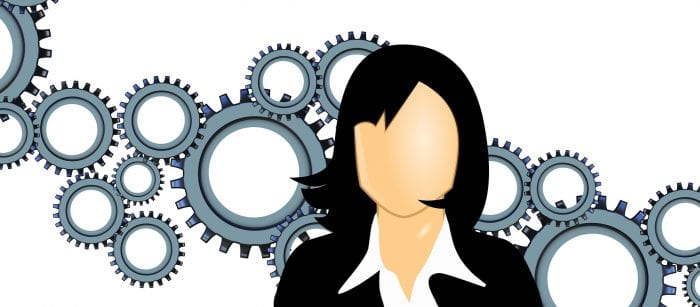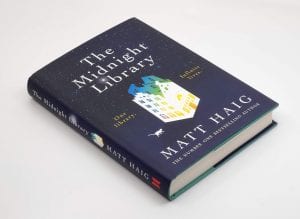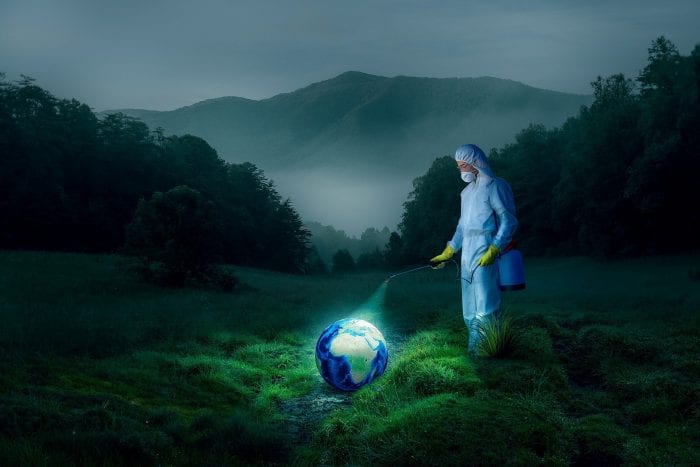By Leah S. Dunaief

There are some funny stories I could share with you about being a woman in business this Women’s History Month. Like any storyteller, I may be repeating myself with a couple, so please indulge me with your patience. I hope they will give you a chuckle even if you’ve already heard them.
First though, I would call your attention elsewhere in the newspaper and on our website to a section in which local businesswomen are participating in this month’s spotlight. They have sent in headshots of themselves and have answered one of three questions that we posed: how do you balance work-life duties; who inspired you; what words would you offer younger women interested in following in your footsteps? Please look for them and enjoy their responses. We hope you will also shop in their stores and use their services, thus supporting both the local economy and minority-owned enterprise.
We started the first newspaper, The Village Times, on April 8, 1976. After some wildly chaotic and exciting first months, just before Christmas, I was waiting in line at the deli across from the office when I was greeted by the ad director of a local competitor newspaper. We had met several times before, and he was filled with the good cheer of the season.
“Congratulations on your new venture,” he said. “The paper looks very good every week.”
“Thank you,” I replied, thinking it was a generous thing for him to say to another publisher.
“You tell the fellow up there that he’s doing a great job,” he added, pointing upward to my office building on the hill.
“What fellow?” I asked, ‘Fiddler on the Roof’ crossing my mind.
“Aw, c’mon,” he said with a laugh. “We all know you have some guy up there running the show.”
“Merry Christmas,” I replied and took the encounter back to the staff of half a dozen wives and mothers, who howled.
Then there was the time I was seated on the dais next to the New York Press Association’s keynote speaker, Mike Wallace. It was the Spring Convention, 1984. On his other side was the association’s president finishing his meal, and I was the president-elect. Wallace, good journalist that he was, chatted with us throughout the dinner, sincerely asking about the names and locations of our newspapers. After it was my turn, and I answered his queries, he looked at me and asked, “And where is your husband?”
I could hear the president choking on his food as he feared my response. “He’s at home watching the children,” I answered with a smile. At this point, the president was able to get out, “No, she is the owner and publisher of her paper.”
Wallace turned back to me, patted my arm, and after a long pause, offered, “Forgive me, my dear. I’m an old dinosaur.”
Here’s another. It was 1978 and I had arrived the night before the NYPA convention was to start. I was already checked into the hotel and was eating dinner in the dining room with a book for company. “May I join you?”
I looked up and saw a pleasant-looking man smiling down at me. “Yes,” I answered, returning the smile and assuming he was another early arrival for the convention. We exchanged names and hometowns, chatted briefly about the weather in Albany, and then he slid his room key across the tablecloth. “Come up about 9:00,” he instructed.
I stared at him puzzled, then realized what he was saying. “Why would you think I would be coming to your room?” I asked astonished.
“Well,” he said, “you are down here in the hotel eating by yourself.” He withdrew the key and quickly left. I looked around, realized I was the only woman eating alone, skipped dessert, paid the check, rode the elevator up to my room, and once inside, double-locked the door.
That was life in the fast lane for a woman in business in the 1970s.

















